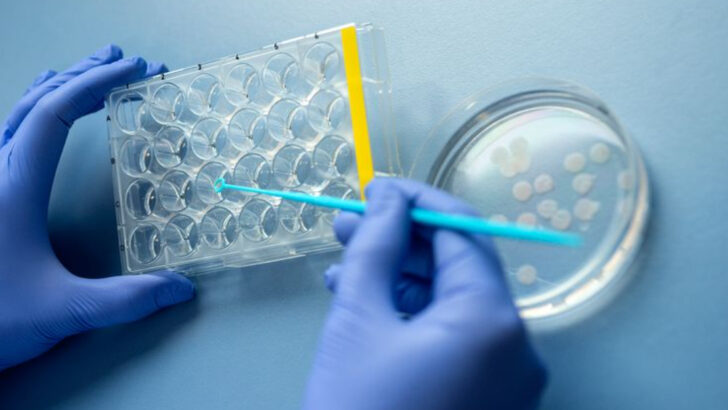Animal testing has long been a topic of heated debate, and with good reason. While some claim it’s necessary for medical and scientific advancement, others argue it’s an inhumane practice that should be reconsidered. The facts surrounding animal testing are often startling, and they challenge many of the assumptions we hold about its purpose and necessity. If you’ve ever wondered what really goes on behind closed doors in the name of research, these 30 facts might just open your eyes.
From the sheer number of animals involved to the ethics surrounding the experiments, the truth is more complex than many realize. These shocking insights will not only educate but hopefully inspire you to think critically about the future of testing and what steps can be taken toward more ethical alternatives.
High Numbers of Animals Used
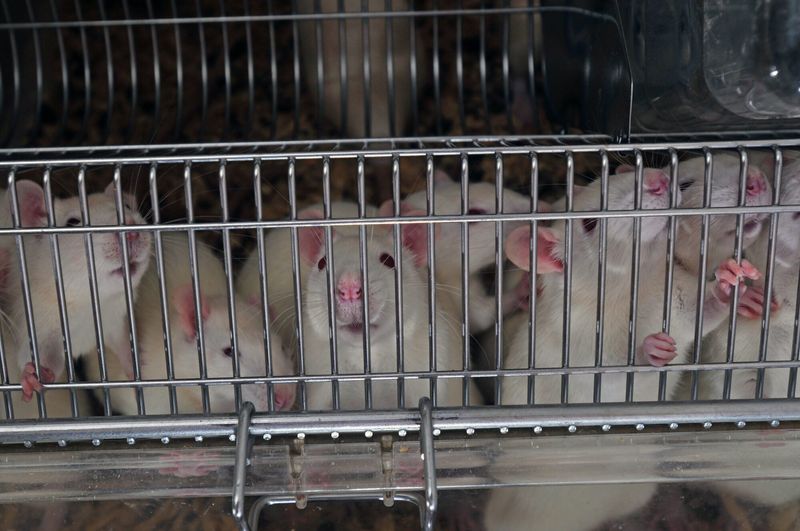
Every year, millions of animals are used worldwide for scientific research and testing. These creatures include mice, rats, rabbits, and others, often confined in small cages. Such extensive use raises ethical questions about the necessity and humanity of these practices. The sheer volume of animals involved highlights the reliance on animal testing in many industries. While efforts to reduce these numbers continue, the high demand for animal testing in scientific research persists. The situation calls for more humane and ethical alternatives, which remain a challenging pursuit for researchers.
Alternatives to Animal Testing

In recent years, there have been significant strides in developing alternatives to animal testing. Techniques such as computer modeling and in vitro testing have emerged as promising substitutes. These methods not only reduce the need for animals but also offer more accurate results. Embracing these alternatives can lead to more humane scientific practices. Although these technologies are still evolving, they present a hopeful future where animal testing may no longer be necessary. The ongoing advancement in this field encourages a shift towards more ethical research methodologies.
Lack of Legal Protection

In many countries, animals used in testing do not receive the same legal protection as pets. This discrepancy leaves them vulnerable to inhumane treatment and neglect. Activists argue for stricter regulations to safeguard these animals’ welfare. The lack of protection is a significant concern for animal rights organizations. They continue to advocate for comprehensive laws to protect laboratory animals. Increased awareness and pressure from the public could lead to needed changes in legislation. Such efforts aim to ensure that animals in research are treated with respect and care.
Cost of Animal Testing

Animal testing is a costly endeavor, requiring substantial financial resources for housing, feeding, and caring for animals. Laboratories must also invest in specialized equipment and skilled personnel. These expenses add up, making animal testing a significant financial burden for both public and private institutions. As alternatives become more viable, the potential for cost savings grows. By investing in non-animal testing methods, organizations can reduce expenses while promoting ethical practices. This shift not only benefits the bottom line but also aligns with growing societal expectations for humane research.
Scientific Limitations

Despite its prevalence, animal testing does not always translate to human results. Biological differences between species can lead to inaccurate or misleading outcomes. This limitation poses a challenge for researchers seeking reliable data. The scientific community is increasingly aware of these discrepancies. Consequently, there’s a push to develop methods that more accurately reflect human biology. Addressing these limitations is crucial for advancing medical research. By refining testing techniques, scientists aim to improve the reliability and applicability of their findings. Better alignment between animal and human data remains a priority.
Ethical Debates Continue

The ethical debate surrounding animal testing is far from over. Many argue that it is inhumane and unnecessary, while others contend that it is essential for scientific progress. This ongoing debate reflects broader societal values and ethical considerations. The discussion involves scientists, ethicists, and the general public. It underscores the complex relationship between humanity and the animal kingdom. As society evolves, so do perspectives on animal testing. Continued dialogue and education are vital in navigating this contentious issue. Balancing scientific advancement with ethical responsibility is a key challenge.
Role in Medical Advancements

Animal testing has played a crucial role in many medical breakthroughs. From vaccines to treatments for chronic illnesses, it has contributed significantly to human health. These advancements are often cited as justification for ongoing animal research. However, reliance on animals has also sparked concern over ethical implications. The challenge lies in balancing medical progress with humane treatment. As research methodologies evolve, the reliance on animals may gradually decrease. Emphasizing ethical practices while pursuing medical innovation remains a complex but essential pursuit for the scientific community.
Global Variation in Practices

Animal testing regulations vary widely across the globe. Some countries have stringent laws, while others lack comprehensive guidelines. This variation leads to differences in how animals are treated in laboratories worldwide. Understanding these disparities is crucial for international collaboration in research. A global standard for animal welfare in testing is an ongoing goal for many organizations. By harmonizing practices, the scientific community can work towards more ethical research methods. Addressing these variations requires cooperation and commitment from nations across the globe.
Public Awareness and Activism

Public awareness of animal testing has grown significantly in recent years. Activists and organizations have worked tirelessly to educate the public about the ethical concerns. This increased awareness has led to more vocal opposition to animal testing practices. Activism plays a crucial role in driving change and influencing policy decisions. Through protests, campaigns, and education, activists are making a difference. The public’s growing consciousness about animal welfare encourages a reevaluation of traditional testing methods. Continued advocacy is vital for advancing more humane research practices.
Challenges in Modeling Human Disease
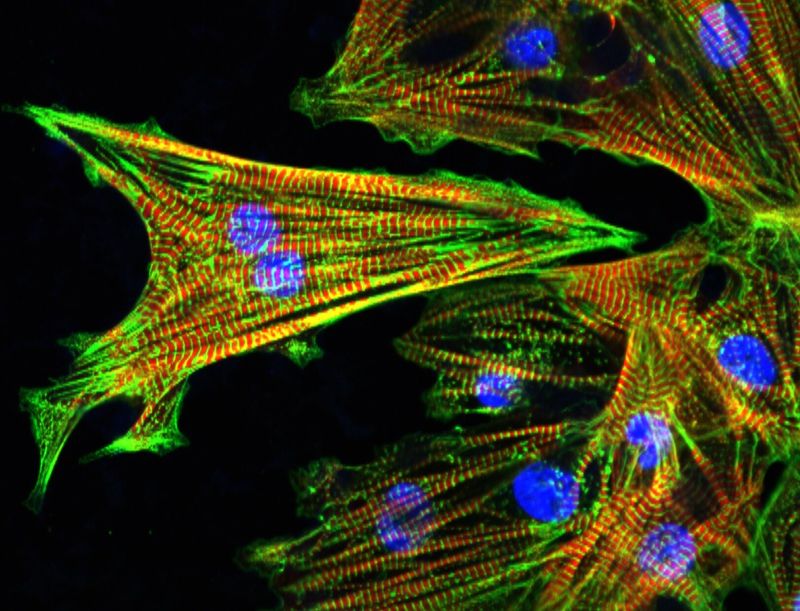
Modeling human diseases in animals presents significant challenges. Differences in genetics, physiology, and environmental factors can lead to inaccurate representations. These challenges complicate the process of developing effective treatments. Scientists are actively exploring alternative methods to address these issues. By focusing on more accurate models, research can yield better results for human health. This ongoing pursuit aims to bridge the gap between animal and human data. Overcoming these challenges is essential for advancing medical research and improving patient outcomes.
Impact on Animal Welfare
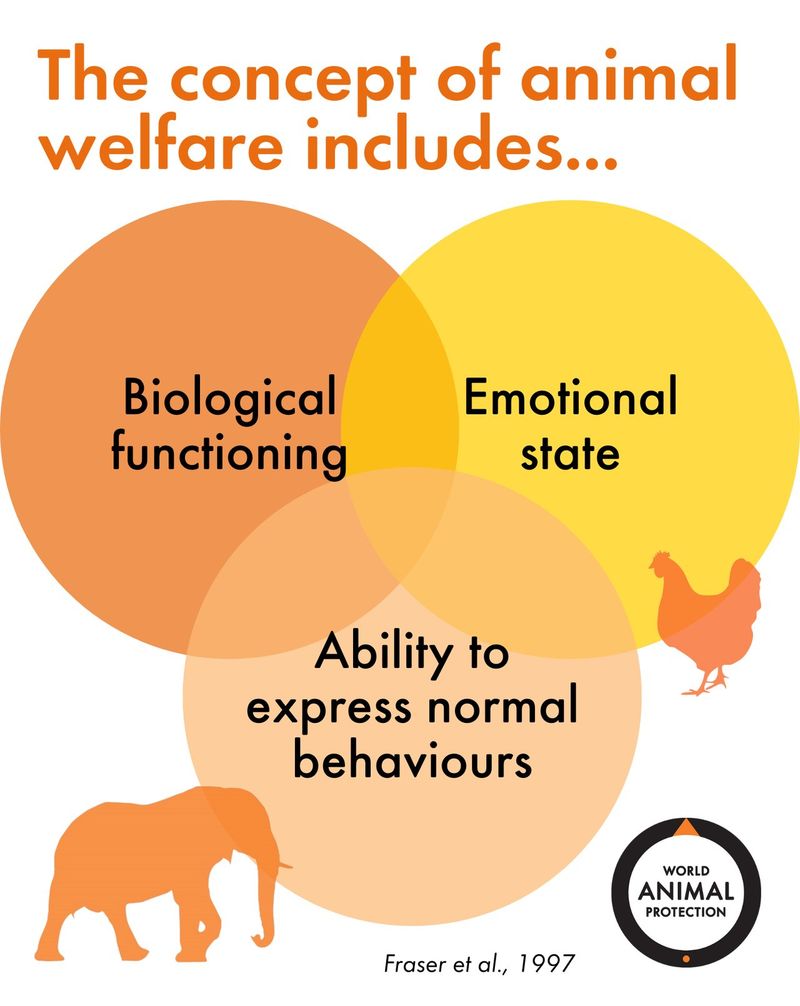
Animal testing has undeniable effects on animal welfare. Many animals experience stress, pain, and discomfort in research settings. These conditions raise serious ethical concerns about the treatment of sentient beings. Ensuring the welfare of animals in laboratories is an ongoing challenge. Researchers are encouraged to prioritize humane treatment and minimize suffering. The impact on welfare highlights the need for stricter regulations and oversight. Improving the conditions in which animals are kept is a critical aspect of ethical research. Balancing scientific goals with compassion remains a fundamental consideration.
Reduction Strategies

Efforts to reduce animal testing have gained momentum. Researchers are exploring innovative strategies and technologies to minimize reliance on animal subjects. These strategies include refining experimental techniques and using alternative methods. By focusing on reduction, scientists can align with ethical considerations while maintaining research quality. This shift not only benefits animal welfare but also enhances scientific practices. Reduction remains a key goal for many research institutions committed to humane science. Continued investment in alternative technologies is crucial for achieving sustainable progress.
Economic Implications

The economic implications of animal testing extend beyond direct costs. The practice also influences public perception and brand reputation. Companies involved in animal testing may face consumer backlash and decreased sales. Embracing alternative methods can boost an organization’s image and align with consumer values. The shift towards non-animal testing is gaining traction in the business world. By adopting ethical practices, companies can enhance their market appeal and competitiveness. Understanding the economic impact is vital for making informed decisions about research methodologies.
Scientific Advancements in Alternatives
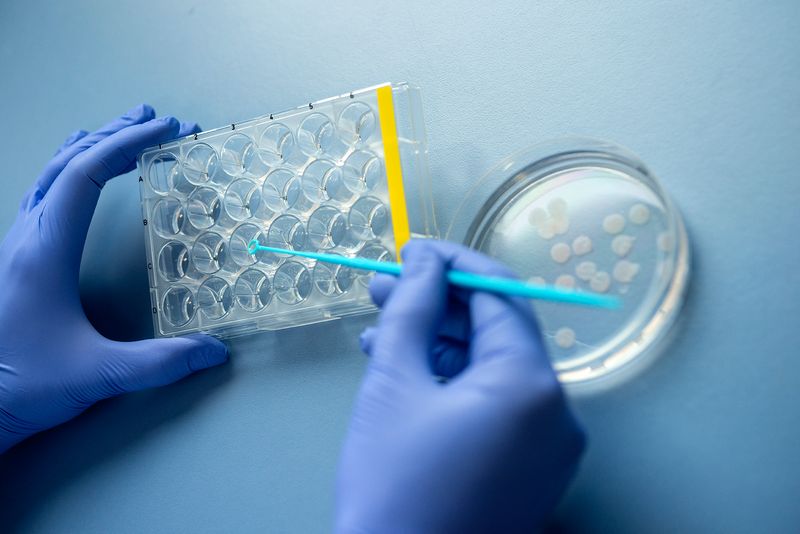
Scientific advancements are paving the way for more effective alternatives to animal testing. Innovations in technology and biotechnology offer promising solutions. These advancements provide more accurate and humane options for research. The development of alternative methods is gaining support from the scientific community. By investing in these technologies, researchers can reduce the need for animal testing. The pursuit of scientific advancements aligns with ethical considerations and improves research outcomes. Continued innovation is essential for transitioning to more humane research practices.
Controversial Cosmetic Testing

Cosmetic testing on animals is a particularly controversial practice. Many consumers and advocacy groups oppose the use of animals for non-essential products. The beauty industry faces pressure to adopt cruelty-free practices. Some countries have already banned cosmetic testing on animals, leading the way for change. The controversy highlights the ethical dilemmas associated with animal testing. By supporting cruelty-free brands, consumers can drive demand for humane practices. The movement towards ethical beauty is gaining momentum, reflecting changing consumer expectations and values.
Role of Technology in Reducing Testing
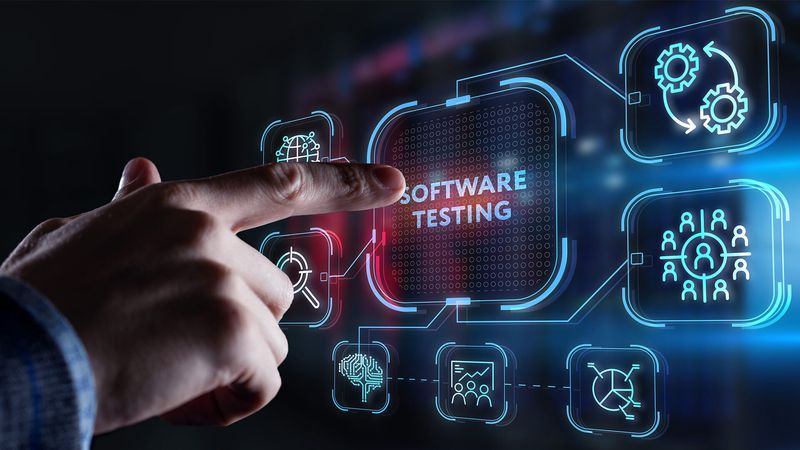
Technology is playing a vital role in reducing the need for animal testing. AI, machine learning, and robotics offer innovative solutions for conducting research. These technologies provide more accurate and efficient methods for testing. By harnessing the power of technology, researchers can minimize animal use. The integration of advanced tools is revolutionizing scientific practices. This progress aligns with ethical goals and enhances research capabilities. Technology’s role in reducing animal testing is a testament to human ingenuity and compassion. The continued development of such tools is crucial for humane science.
Animal Testing in Drug Development
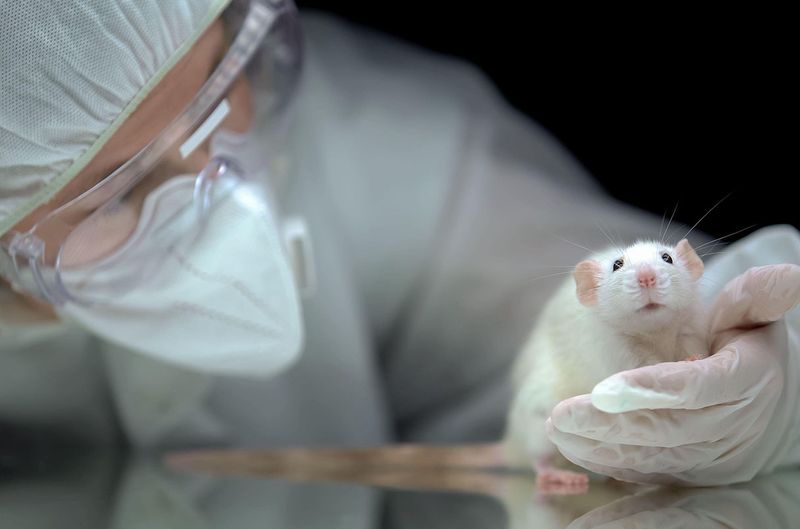
Animal testing has been a cornerstone of drug development for decades. It is used to assess safety and efficacy before human trials. Despite its historical significance, the practice faces ethical and scientific scrutiny. The reliance on animal models raises questions about accuracy and humane treatment. Researchers are exploring alternatives to improve drug development processes. As science progresses, the role of animal testing may evolve. Balancing safety, efficacy, and ethical considerations is a complex challenge in drug research. The pursuit of better methods remains a priority for the pharmaceutical industry.
Legal Reforms in Animal Testing
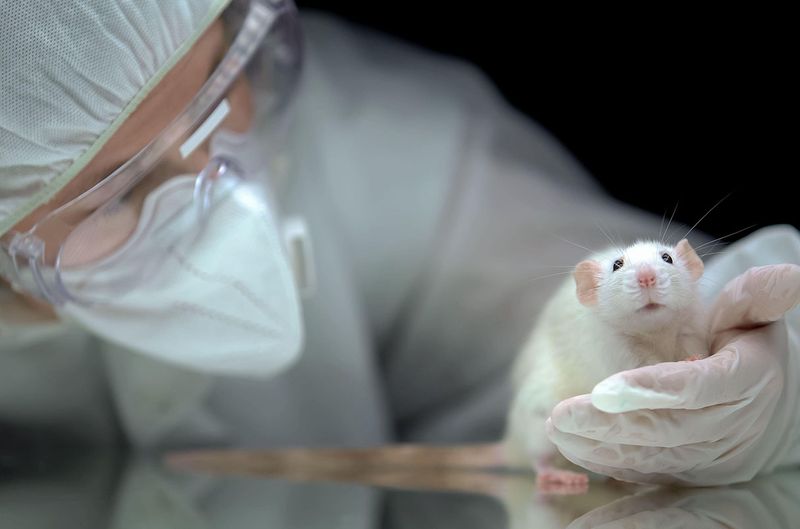
Legal reforms are reshaping the landscape of animal testing. Many countries are implementing stricter regulations to ensure ethical treatment. These reforms aim to balance scientific progress with animal welfare. Legal changes often reflect societal values and growing awareness of ethical concerns. By establishing clear guidelines, governments can promote humane research practices. The role of legislation in animal testing continues to evolve. Ongoing efforts to refine laws highlight the dynamic nature of this field. Legal reforms are essential for ensuring that animal testing aligns with contemporary ethical standards.
Cultural Perspectives on Animal Testing
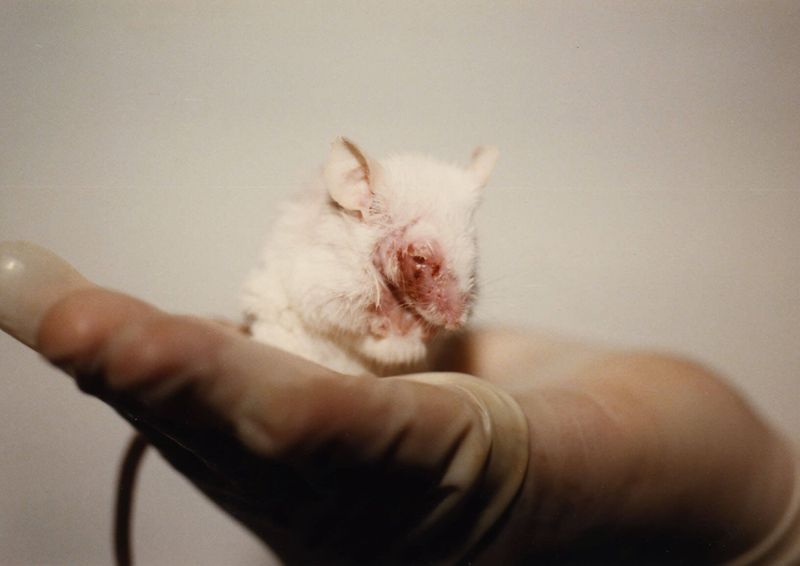
Cultural perspectives on animal testing vary widely. Different societies have unique views on the moral implications of using animals in research. These cultural differences influence policy decisions and public opinion. Understanding these perspectives is crucial for fostering international collaboration. By acknowledging diverse viewpoints, the scientific community can navigate ethical challenges. Cultural sensitivity is essential for advancing global research initiatives. The dialogue between cultures enriches the ongoing debate on animal testing. Embracing diverse perspectives fosters mutual understanding and progress in ethical science.
Public Pressure for Change

Public pressure is a powerful force for change in animal testing practices. Social media campaigns and online petitions have raised awareness and mobilized support. The public’s voice has influenced policy decisions and corporate practices. This pressure encourages organizations to adopt cruelty-free methods. The role of public engagement in shaping research methodologies cannot be underestimated. Continued advocacy through digital platforms is driving progress. By participating in these movements, individuals can contribute to meaningful change. Public pressure remains a catalyst for advancing humane research practices.
Ethical Considerations in Education

Ethical considerations are increasingly integrated into education about animal testing. Schools and universities are encouraging critical thinking about the moral implications. This educational approach fosters a new generation of informed and compassionate researchers. By addressing ethical concerns, educators prepare students for future scientific challenges. Integrating ethics into the curriculum reflects the evolving standards of research. Students are encouraged to explore alternatives and consider humane practices. This focus on ethics shapes the future of scientific inquiry. Education plays a crucial role in advancing ethical research methodologies.
Innovations in In Vitro Testing
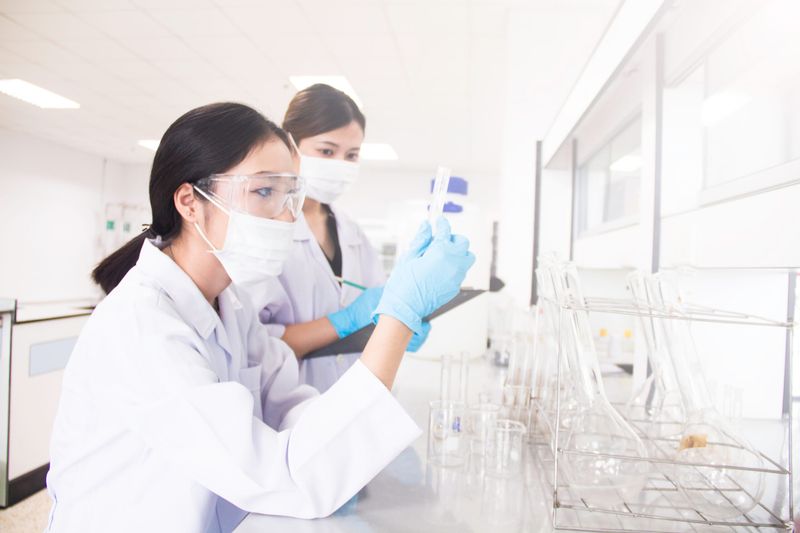
Innovations in in vitro testing are revolutionizing research methodologies. These techniques use cell cultures and tissue samples to mimic human biology. In vitro testing offers a more humane and potentially more accurate alternative to animal testing. Researchers are increasingly embracing these methods to reduce reliance on animals. The development of advanced in vitro techniques reflects scientific and ethical progress. By investing in these innovations, the research community is paving the way for more compassionate science. Continued advancements in in vitro testing are essential for ethical research.
Impact of Public Campaigns

Public campaigns have significantly impacted the discourse on animal testing. These initiatives raise awareness and influence public opinion. By highlighting ethical concerns, campaigns drive change in policies and practices. The visibility of public campaigns encourages companies to adopt ethical alternatives. The impact of these efforts is evident in shifting consumer preferences. Campaigns play a crucial role in advocating for humane research methodologies. Continued public engagement is vital for sustaining momentum in the movement. The power of campaigns lies in their ability to connect with people’s values and inspire action.
Complexity of Regulatory Compliance

Compliance with animal testing regulations is a complex issue. Laboratories must navigate a maze of local, national, and international guidelines. Ensuring adherence to these regulations requires significant resources and expertise. The complexity of compliance often poses challenges for research institutions. By streamlining regulatory processes, organizations can focus on ethical research. The role of compliance is crucial in maintaining standards and protecting animal welfare. Addressing these challenges is essential for advancing humane testing practices. Regulatory compliance remains a dynamic and evolving aspect of scientific research.
Ethical Leadership in Research
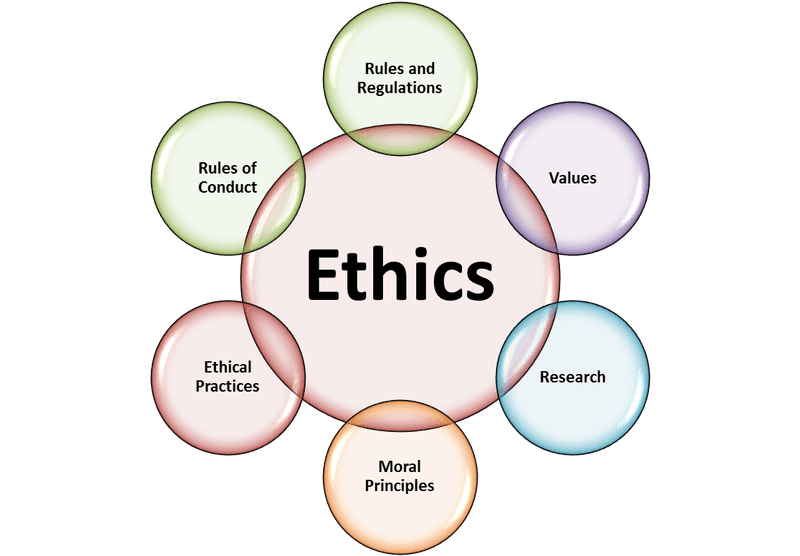
Ethical leadership is vital in guiding research practices related to animal testing. Leaders set the tone for humane and responsible research methodologies. By prioritizing ethical considerations, they inspire their teams to pursue humane practices. The role of leadership extends beyond compliance to fostering a culture of compassion. By championing ethical research, leaders contribute to positive change. Ethical leadership encourages innovation and collaboration in developing alternatives. The commitment to ethical practices shapes the future of scientific research. Leaders play a crucial role in advancing the movement towards humane science.
Emerging Trends in Non-Animal Testing

Emerging trends in non-animal testing are reshaping the research landscape. From organ-on-a-chip technologies to advanced computer simulations, new methods are gaining traction. These trends reflect a growing commitment to ethical research practices. The adoption of non-animal testing methods is accelerating across various industries. By embracing these trends, researchers can reduce reliance on animal models. The future of research lies in innovative and humane methodologies. Continued exploration of these trends is essential for advancing ethical science. The momentum towards non-animal testing is a testament to scientific progress.
Historical Context of Animal Testing
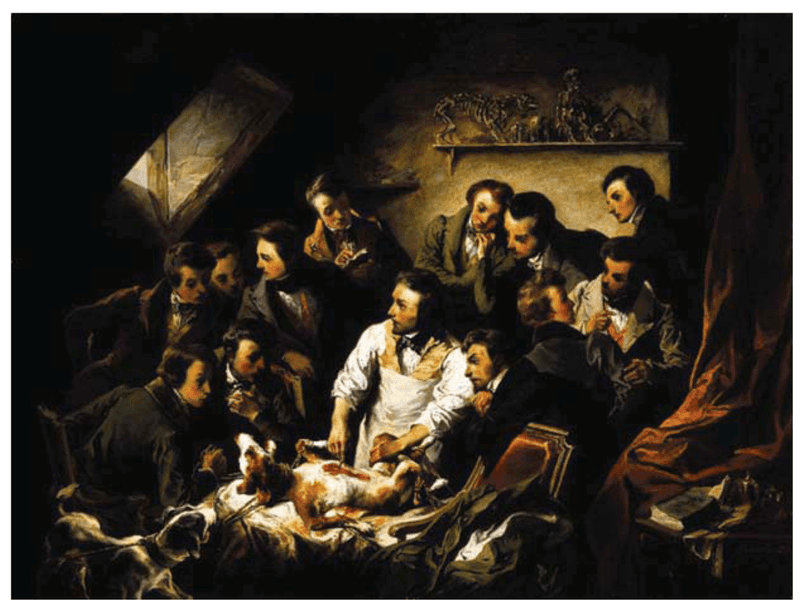
Animal testing has a long and complex history. From ancient times to modern-day practices, it has evolved significantly. Understanding this history provides context for current debates and challenges. The historical context highlights the interplay between scientific progress and ethical considerations. By examining past practices, researchers can learn valuable lessons for the future. The history of animal testing reflects the evolving standards of science and society. This context is essential for understanding the ongoing discourse. Reflecting on history helps guide the ethical evolution of research practices.
Significance of Animal Welfare Certification
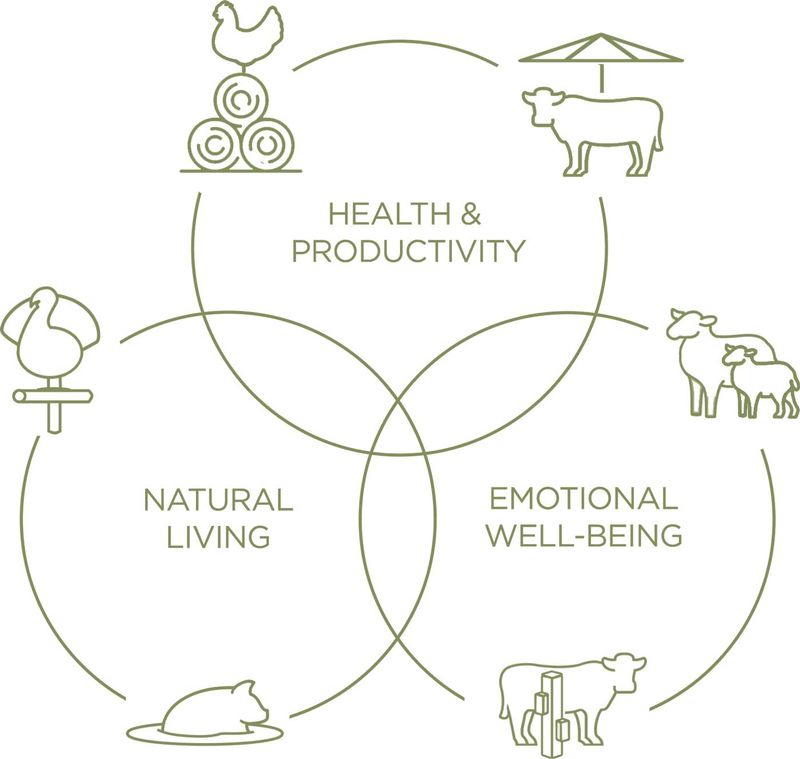
Animal welfare certification is becoming increasingly important in research. These certifications ensure that laboratories adhere to ethical standards and humane practices. By obtaining certification, organizations demonstrate their commitment to animal welfare. The significance of certification extends to public perception and trust. Consumers and stakeholders favor institutions that prioritize ethical practices. Certification plays a crucial role in promoting humane research methodologies. The pursuit of certification reflects a commitment to ethical excellence. It is an essential aspect of advancing the movement towards compassionate science.
Consumer Influence on Testing Practices

Consumer influence is shaping the future of animal testing practices. People are increasingly seeking cruelty-free products and brands. This shift in consumer behavior encourages companies to adopt ethical alternatives. By supporting cruelty-free products, consumers drive demand for humane practices. The power of consumer choice extends beyond cosmetics to other industries. This influence is reshaping research methodologies and product development. The role of consumers in advocating for ethical practices underscores the importance of values-driven purchasing. Consumer influence is a powerful force for change in the movement towards humane science.
Glow-in-the-Dark Mice
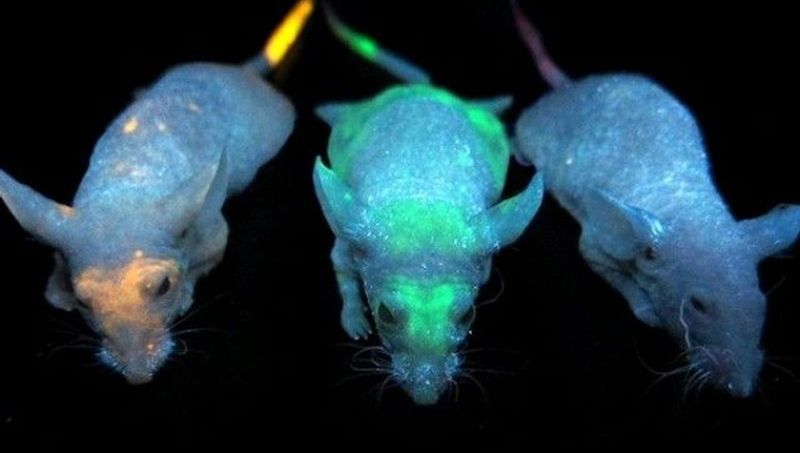
In a peculiar twist of science, researchers have developed mice that glow in the dark. This isn’t just a whimsical endeavor; it’s a groundbreaking tool for studying genetic modifications. These glow-in-the-dark mice have been altered with jellyfish genes, enabling them to emit a fluorescent green glow.
The luminescence allows scientists to track cellular processes in real-time, offering insights that were previously unattainable. They are particularly useful in cancer research, where tracking tumor growth is crucial.
While peculiar, these mice highlight the intersection of creativity and science in exploring complex biological questions.

